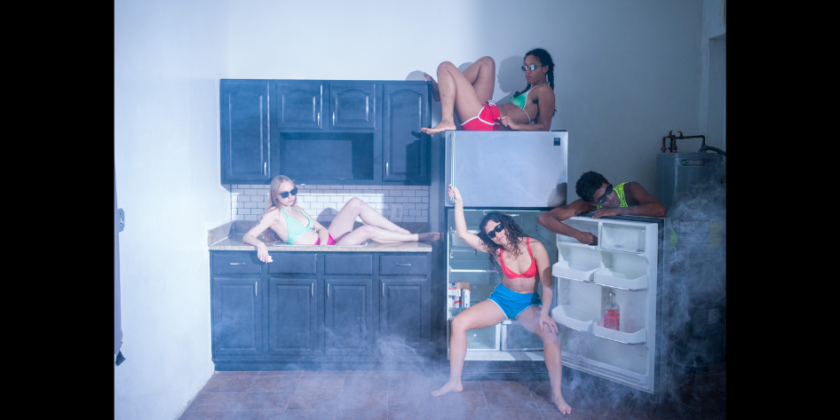IMPRESSIONS: Audrey MacLean Performance Projects' "The Dance Show" at Arts on Site
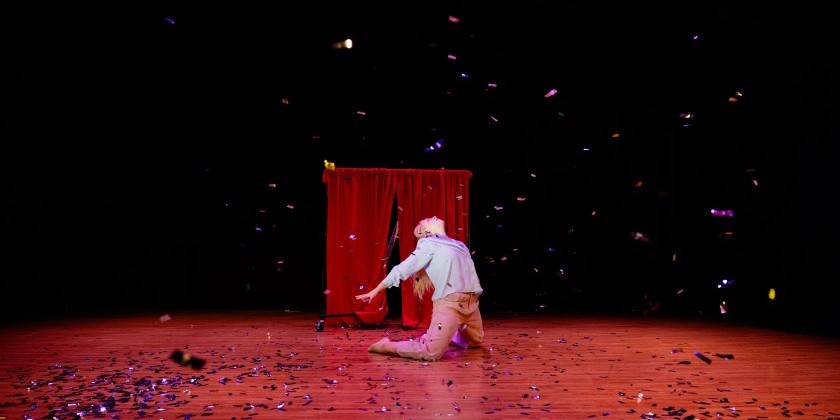
The Bang Group and Audrey MacLean Performance Projects presents
The Dance Show
Choreography: Audrey MacLean
Performers: Jimena Bermejo, Sydney Dietz, Morgan Griffin, Grant Jacoby, Aileen Leon-Echeverria, Audrey MacLean, Eliza Malecki, Katie McGrail, and Betsy Miller
Music: I Could Have Danced All Night by Frederick Loewe & Alan Jay Lerner, sung by Marni Nixon;
You Don’t Have to Be a Star by James Dean & John Glover, sung by Marilyn McCoo & Billy Davis Jr.;
Save the Last Dance for Me by Doc Pomus and Mort Shuman, sung by The Drifters;
Hopelessly Devoted To You by John Farrar, sung by Olivia Newton John;
Can’t Smile Without You by Chris Arnold, sung by Barry Manilow;
Bad To Me by John Lennon & Paul McCartney, sung by Billy J. Kramers & The Dakotas;
Can’t Take My Eyes Off of You by Bob Crewe & Bob Gaudio, sung by Frankie Valli;
Choreography by Danny Kaye and The Skylarks;
Don’t Rain On My Parade by Jule Styne & Bob Merrill, sung by Barbra Streisand;
The Dance Is Over by Luther Dixon, sung by Billy and The Essentials
Lighting Design: Bhagavan Angulo
Venue: Arts on Site
Date: June 13, 2025
The Dance Show wholeheartedly and entertainingly captures snippets of the human experience, from the simple to the spectacular. The hour-long series of vignettes also spotlights questions that resurface throughout Boston-based dance artist Audrey MacLean’s career: “How can dance be both complex and simple? How do we highlight beauty in the mundane? If something is sad, can it also be funny?”
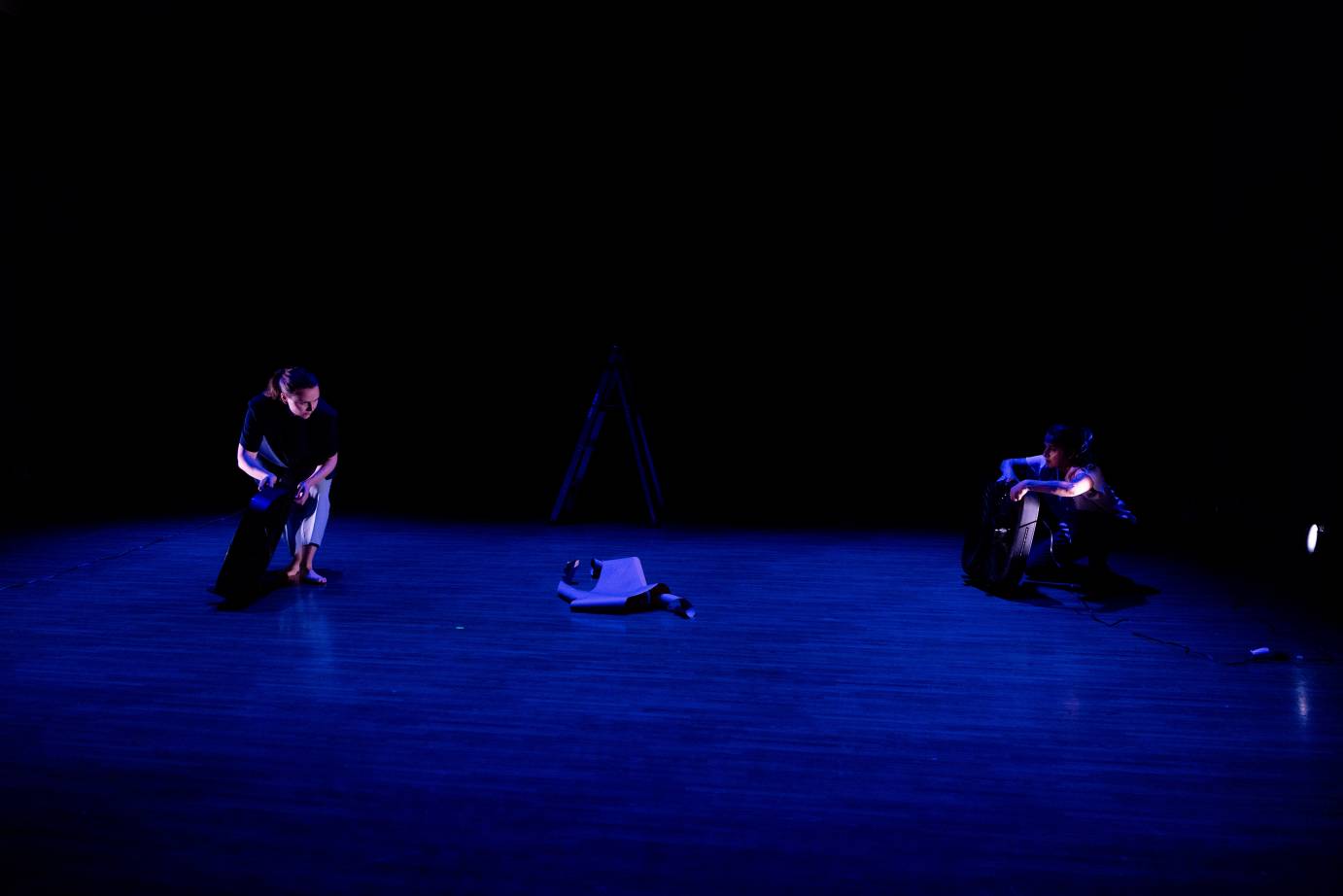
Though MacLean assures us we don’t need to “know what it’s about,” the performance prompts reflection on what qualifies as a “dance performance” versus a “show that isn’t dance.” This very debate inspires MacLean to title the performance The Dance Show — a nod to past audience feedback that claimed, “But… you aren’t making dance.”
With that in mind (and admittedly influenced by MacLean’s program notes), I find joy in the many scenes that explore what it means to be human. Each of the vignettes (often marked by nostalgic songs like Barbra Streisand’s Don’t Rain On My Parade or Frankie Valli’s Can’t Take My Eyes Off You) stands on its own as witty and thoughtful, yet they do not necessarily relate to one another in any chronological order. I love its spontaneity.
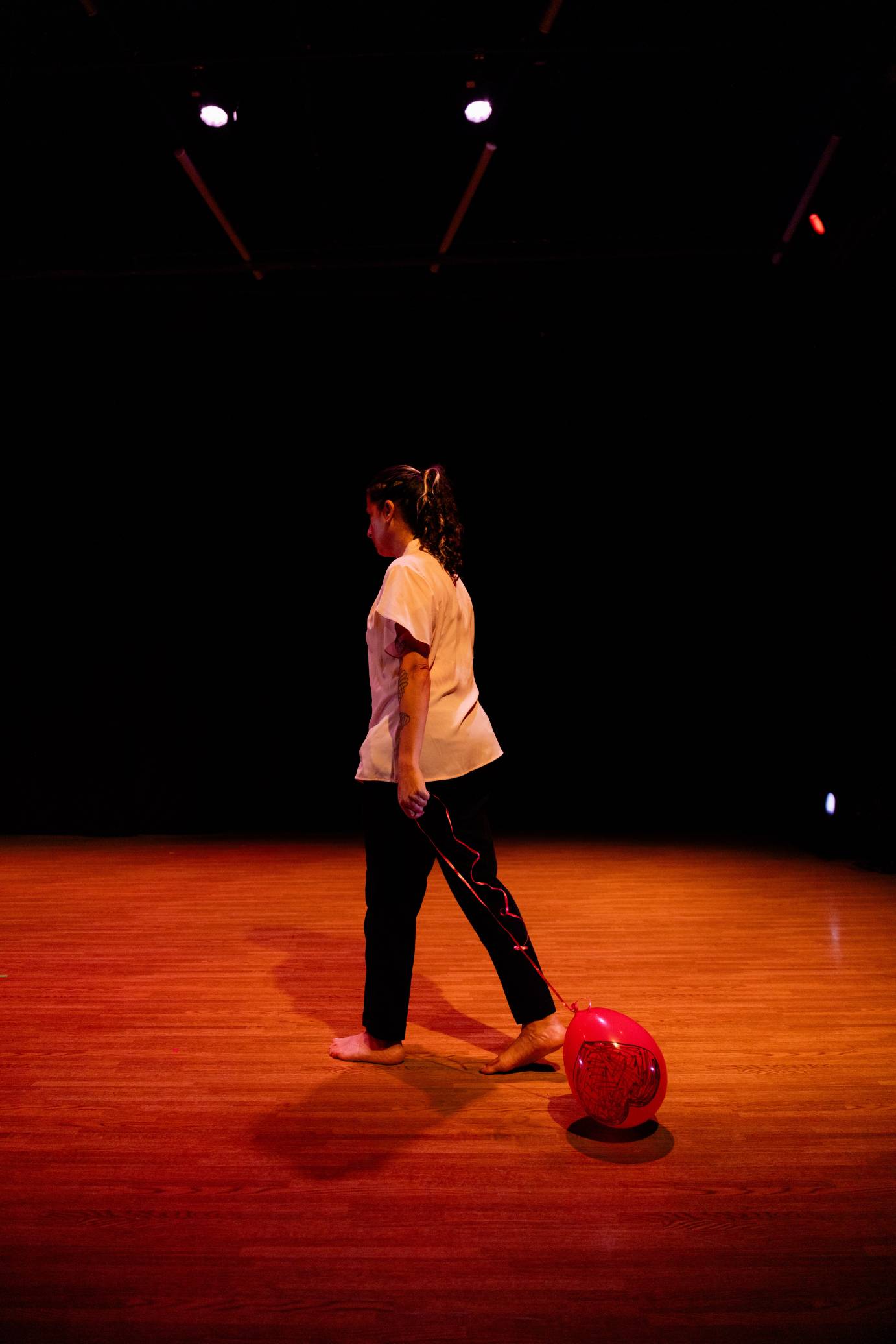
Recurring motifs emerge. For instance, the shape of a heart appears multiple times. In the opening scene — one of the few featuring all nine cast members — two hands rise from a clump of bodies to form a heart, contrasting with the remaining seven dancers’ sharp, bladed hand gestures. In the next scene, after the cast crosses the stage carrying a large number of props (a clever foreshadowing), Jimena Bermejo draws a heart on a balloon with a Sharpie — echoing a heart-shaped balloon floating on stage moments before. The dimensions of love depicted in these scenes speak to a yearning for connection.
Another motif I notice is tracing the body and giving it away — encompassing themes of replicability and disposability. Bermejo outlines herself on a large sheet of paper and cuts out the silhouette, and MacLean places it beside me in an empty seat. In another scene, a chain of paper figures holding hands is cut apart, then distributed to audience members. These paper bodies feel like invitations to connection. The remaining paper, cut away, sits on stage until Bermejo and Katie McGrail carry fans to opposite corners of the stage, blowing the paper back and forth.
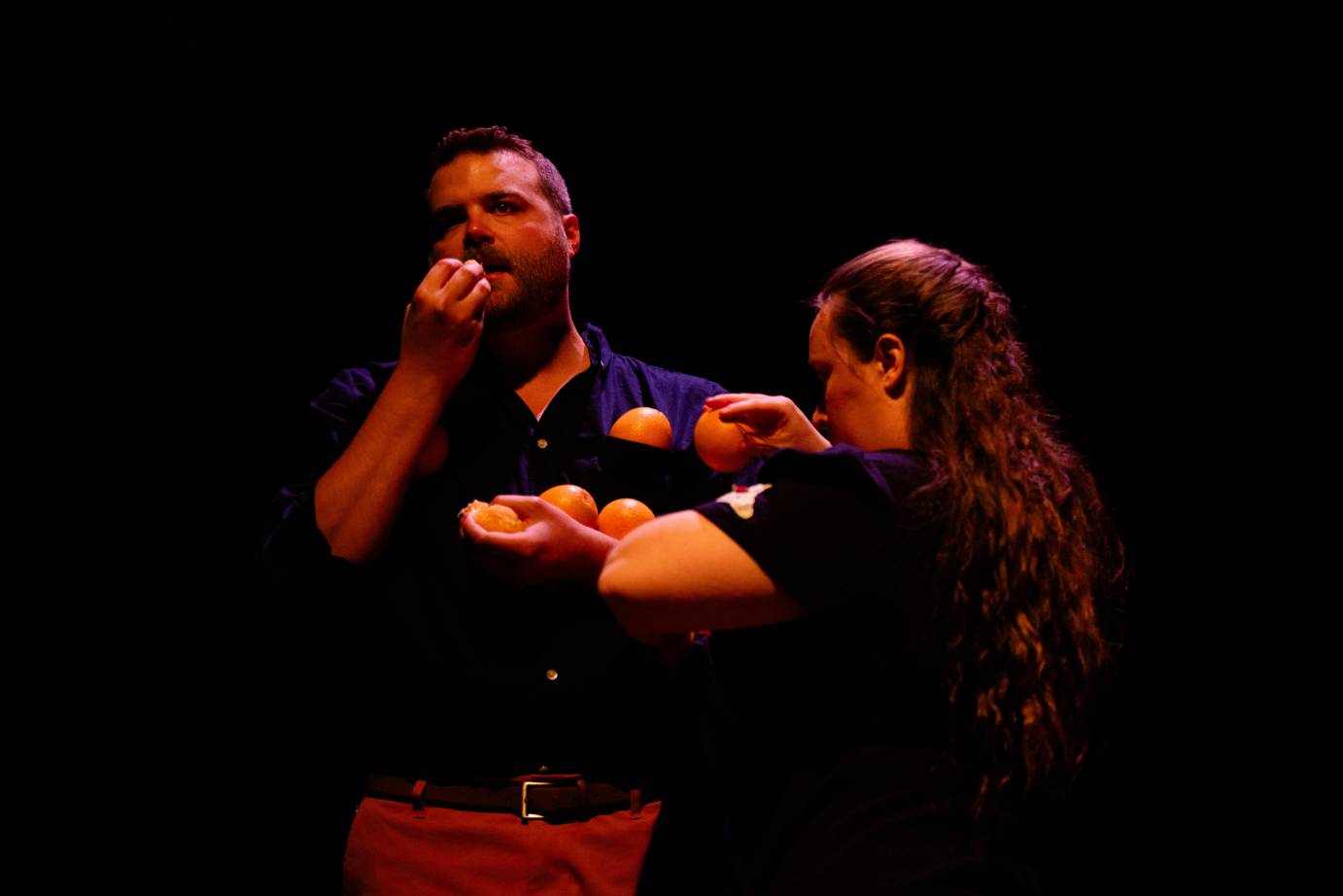
Human relationships continue to come to life in each whimsical scene. In one of my favorites, MacLean and Grant Jacoby stand side by side behind two silver buckets. Jacoby slowly, reluctantly eats an orange, dropping the remains into the bucket. MacLean frantically adds more oranges to the crooks of Jacoby’s arms, more than he can possibly hold. As they tumble to the floor, she joins him in devouring. A shared frenzy unfolds, ending with a fleeting floor sequence of lunges, directional shifts, and suspended turns.
Another standout vignette features Bermejo dancing with a ladder to Choreography by Danny Kaye and The Skylarks. Crawling under, contorting around, and hanging from the ladder, Bermejo nods to a sly critique of “modern” dance (similar to the one made in the 1954 film White Christmas, which claims that dancers no longer “kick,” they “do choreography.”) The scene has us guffawing as we enjoy ladder choreography with such serious expressions that it all becomes starkly funny.
I take in each scene feeling present and curious. Each moment continues to invite me to reflect on the questions MacLean poses surrounding her choreographic experience, while also speaking to the funny, charming moments of being human. Movement throughout the show - whether high energy, as in Morgan Griffin’s explosive Streisand solo, or restrained, like Betsy Miller’s adagio balancing a cup of water on her head — feels direct, task-driven, and sincere.
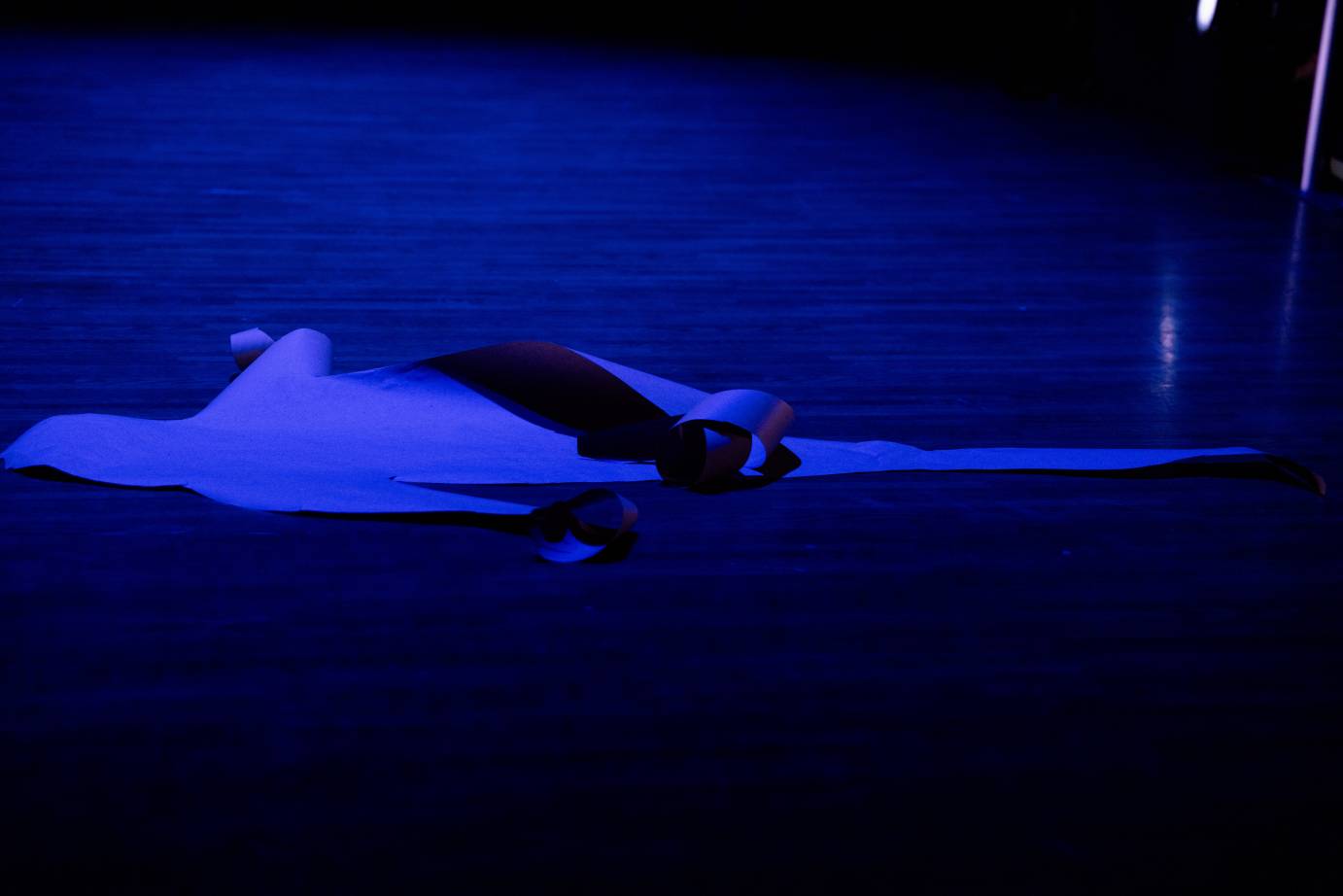
The cast, who spends most of the show in small groups, reunites for a grounded finale. The music — The Dance Is Over by Billy and The Essentials — warns us of the ending. The performers lie on the floor, returning to their ensemble formation to where they began, as if reflecting on each playful moment.
I leave Arts on Site feeling lighter. MacLean reminds us to laugh at the messiness of being human. We don’t always get it right, but we do our best. Sometimes we eat the oranges even when we don’t want to. Sometimes we balance a cup of water on our heads and hope for success. Sometimes we stand out, and sometimes we fold into the crowd. All of it is real. All of it is dance. And I thank Audrey MacLean for that.





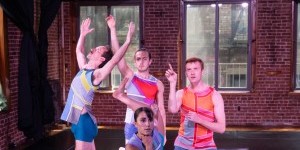

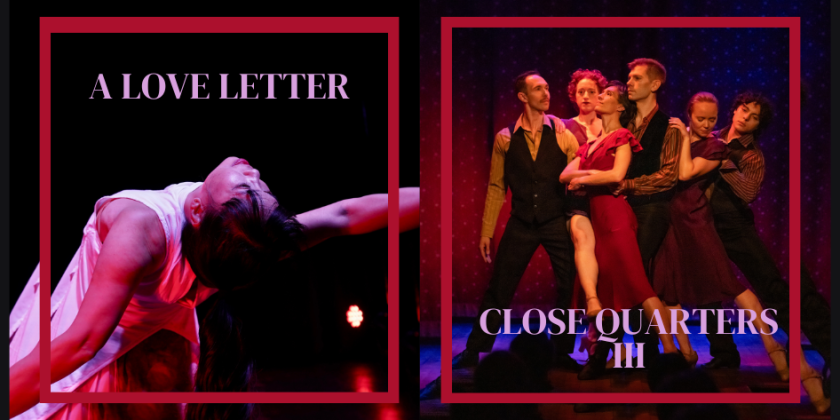
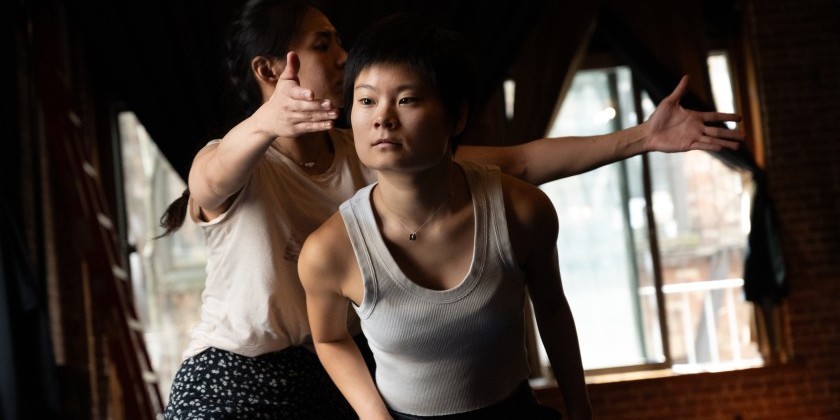
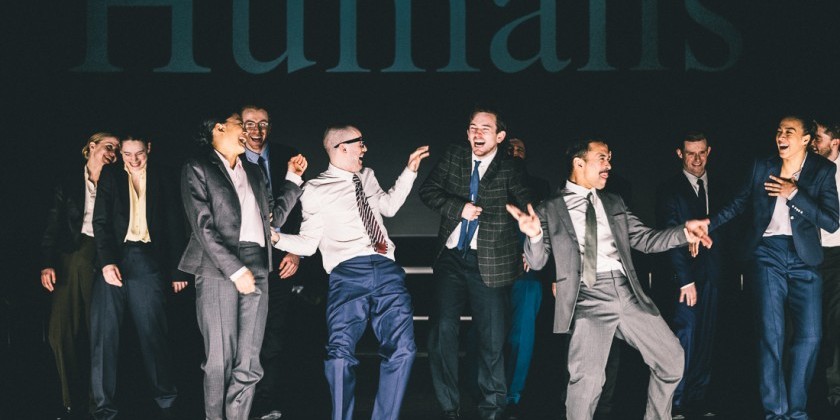
![IMPRESSIONS: Will Rawls' [siccer] at the Keith Haring Theatre, Performance Space New York](/images/features_large/20251119_WillRawls_siccer_PerformanceSpaceNY_WhitneyBrowne--55.jpg)

